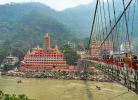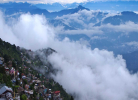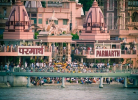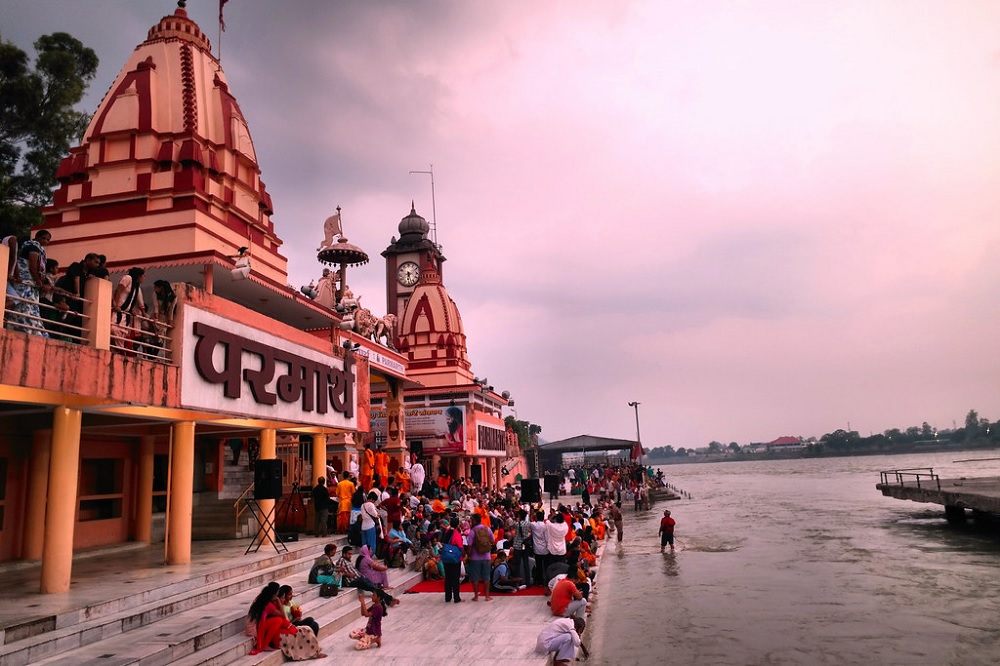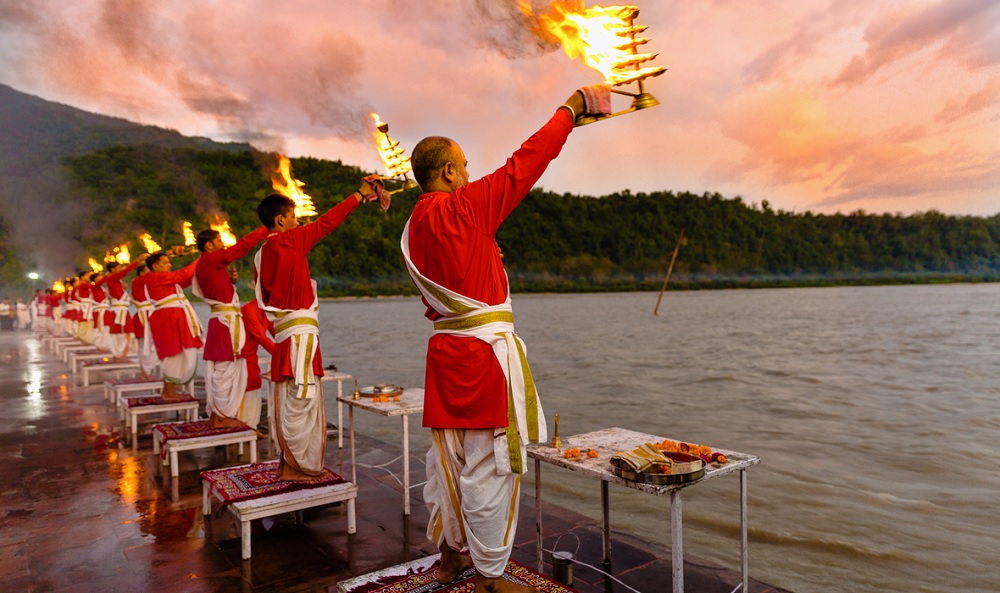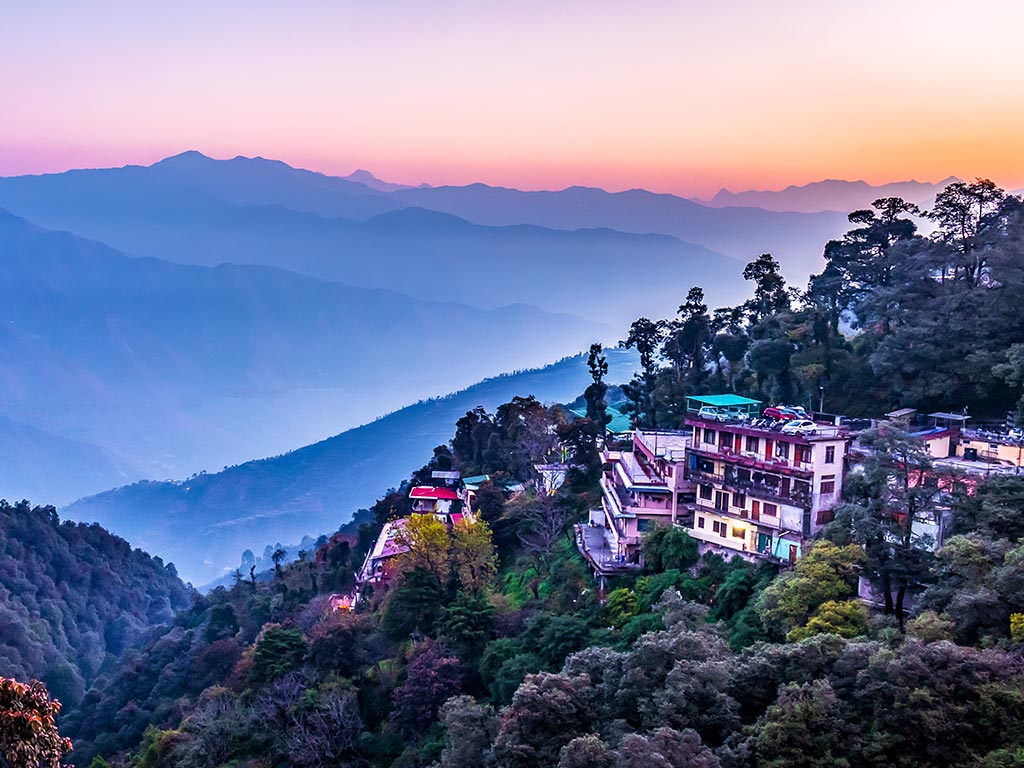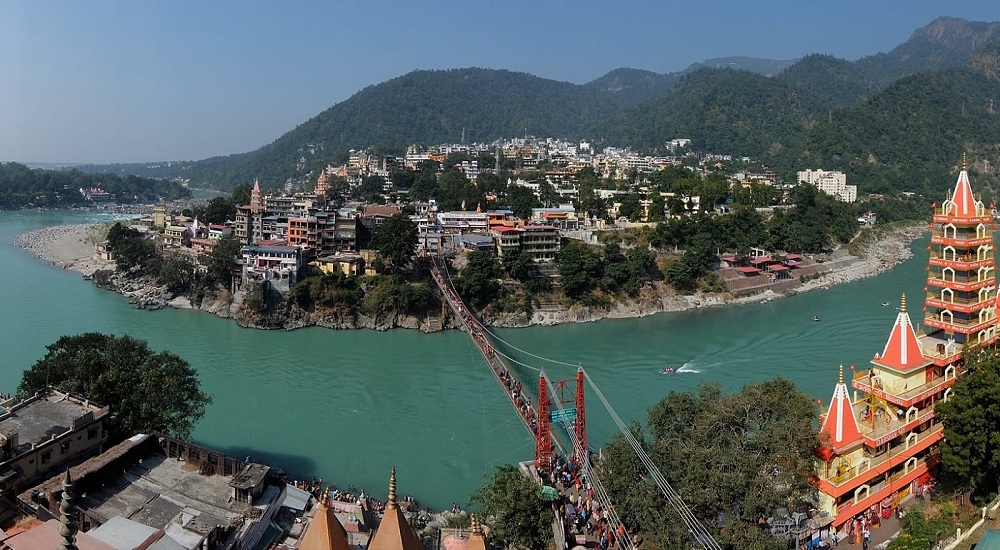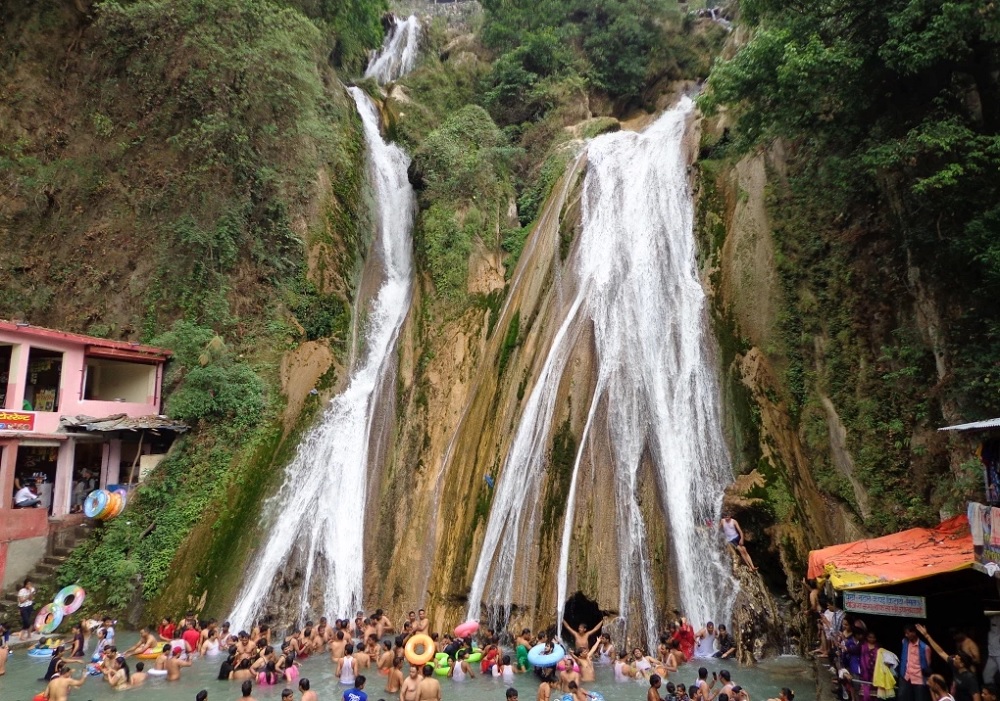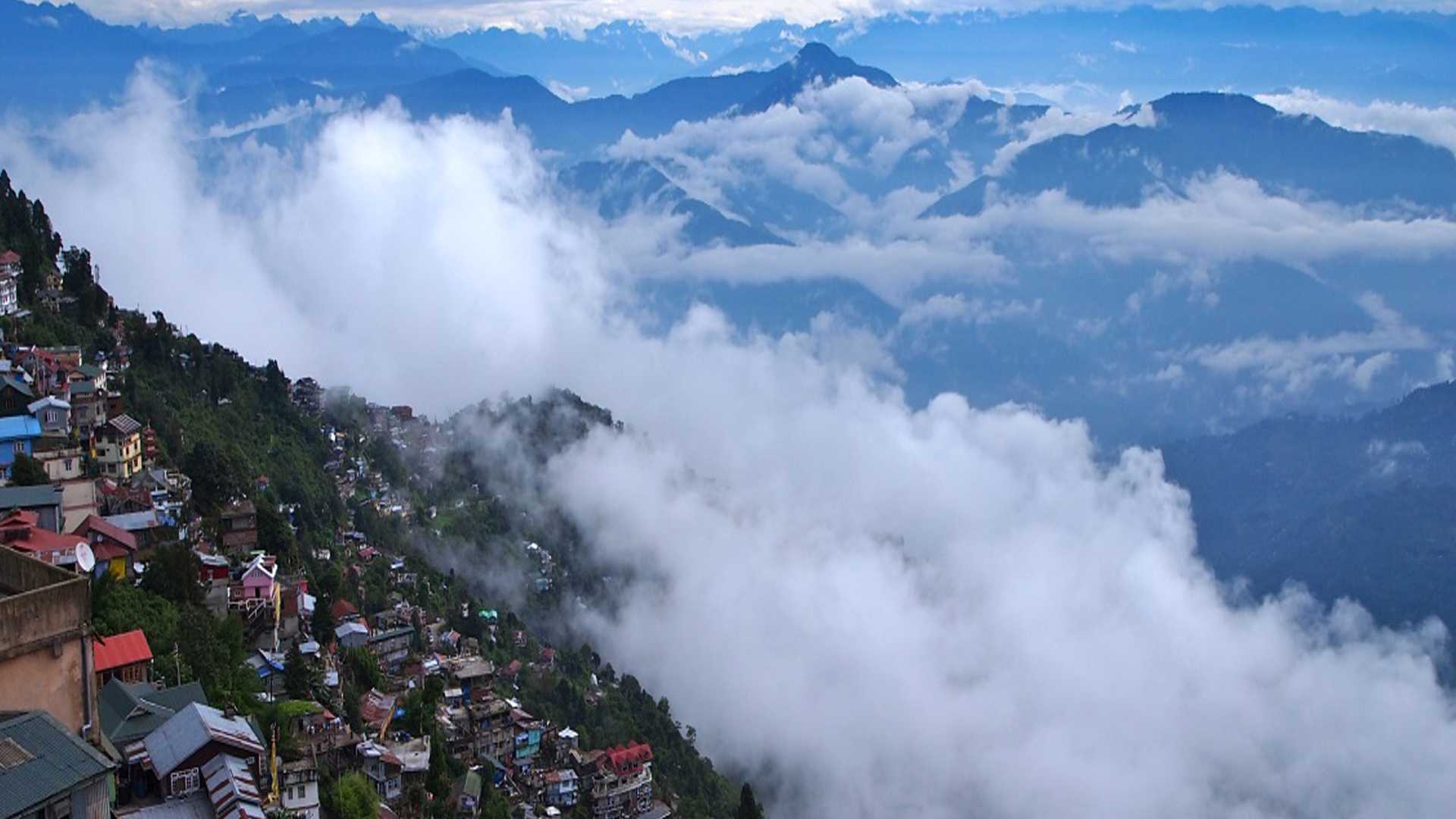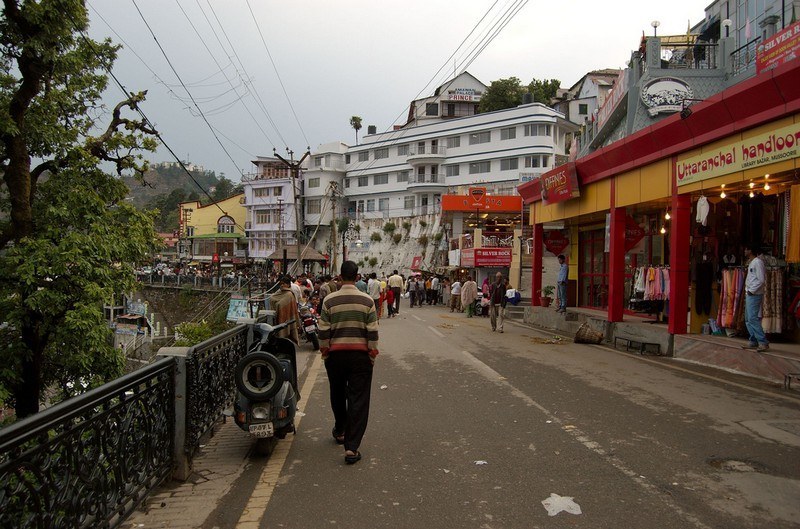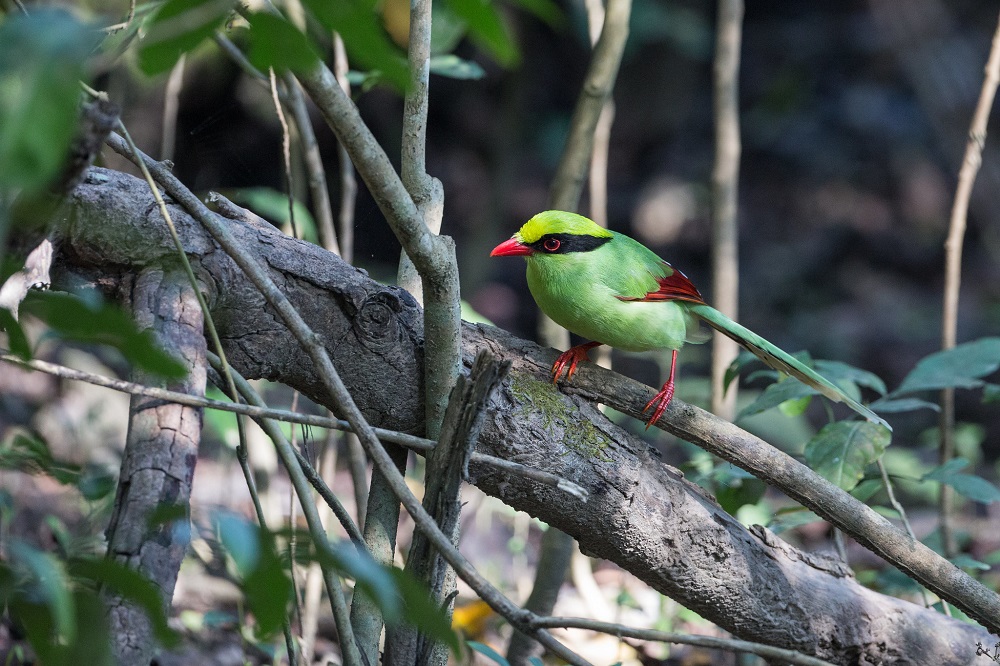Art and Craft of Uttarakhand
Uttarakhand is also known as the Land Of The Gods. It is a state with magnificent mountainous peaks, beautiful valleys decorated with the vibrant colours of its flowers, rapid white water rivers and ancient places of worship immersed in divinity.
The art and craft of Uttarakhand, have a definitive connection to the divine either directly in the form of images or words or indirectly in the form of sacred geometry.
What is sacred geometry?
A basic difference between ancient Eastern and Western culture is that Eastern culture has always embedded messages while the western civilization has written directly about them. It is an ancient belief that the Almighties created the universe. The great Greek philosopher, Plutarch who was also an essayist and priest of the temple of Apollo is among the first to mention that the Almighties created the Universe according to a geometric plan.
In the modern era, Carl Friedrich Gauss, adapted the quote by Plato and said that God arithmetizes the universe. Sacred geometry was also used in designing ancient India but the connection to the divine was embedded into the art, architecture, books rather than it being mentioned explicitly.
In the western world, the principles of sacred geometry principles can be found in the drawing by Leonardo da Vinci called the the Vitruvian Man. This region is a treasure trove diverse cultures and their ancient arts and crafts. Uttarakhand consists of the Garhwal and Kumaon regions which have their own unique divinely connected art and craft.
Garhwal Paintings - Murals of Aipan and Peeth
Uttarakhand has plenty to offer in the divinity of their art and culture. You can enrich your house with Garhwal paintings which have also found a place in the Boston Museum in USA. You can take home and adorn your house with the divine blessings embedded in the sacred geometry of the Murals of Aipan and Peeth.
The ladies can drape themselves in the Pichora Dupatta which once gain has a divine connection as it is designed on the principles of sacred geometry. The Pichauri Duptta is said to bestow divine blessings in a woman's married life and guards against divorce. You can see evidences lost art of rock painting and rock engravings in Lakhudiyar, Falseema,Kasardevi and Dungri regions of Uttarakhand.This folk art of Aipan and Peeth are like the girl child of Uttarakhand. The Aipan and Peeth art is practiced and propagated by the women of Uttarakhand. Their knowledge of this art is passed from one generations to the next.
The sacred geometric patterns of Aipan and Peeth are divinely simplified complexity. Aipan is done on all special occasions and household ceremonies and rituals. These motifs have sacred geometry and it is believed that they bring divine blessings and good fortune. Peeth is a mural made around the seating area of Gods and Goddesses with a base of rice paste decorated with colorful natural dyes.
The main difference between Aipan and Peeth is that Peeth uses specific designs for each god or goddess whereas in Aipan, the artist has the freedom to choose from many designs . The Peeth patterns are usually made around a Chowki or a low stool. The drawings usually follow sacred geometry with flowers, leaves, divine feet and trees.The pichora dupattas are also decorated with sacred symbols or sacred geometry. The women of the region hold the Pichora with great respect.
A variety of motifs on the lines of sacred symbols or sacred geometry feature on a saffron-mustard background in deep red. The colouring is done with vegetable dyes. A traditional Pichora could range from a collection of red dots to motifs of swastikas to the depiction of the village to which the bride belongs. The Pichaura dupatta symbolizes happiness, prosperity, fertility and a successful married life.
Bhotias
The Bhotiyas of Uttarakhand are known for their intricately designed shawls and woolen wear which once again have elements of divine symbols or sacred geometry in their design. These ritual designs are an expression of a women’s divine nature. The ladies hum a tune as individual threads are sewn. Each thread is arranged with meticulous precision.
The meditative song is similar to the ancient Japanese samurai sword makers practice of infusing a divinely spirit in the sword that the artisan is creating. Great care is also taken to chose the colour of the yarn thread .
Pahari Paintings
Paintings of Uttarakhand range from the folk arts of the women of Kumaon to the most exquisite miniature arts of Garhwal. Uttarakhand is home to one of the most beautiful and defining Gharanas or school of the Pahari School of painting known as the Garhwal School of Painting.
The pioneer of the Garhwal School of painting was the Mola Ram who was not only a painter but also a poet, a historian and a diplomat. A book by Barrister Mukandi Lal by the name of Garhwal Painting published by the Publications Division of the Government of India in 1968 credits the depth of Mola Ram's paintings, sketches to the popularity of the Garhwal School of painting. The Mughal Prince Suleman Shikoh has taken refuge in Garhwal to escape Aurangzeb and was accompanied by atrists who specialized in the Mughal miniature painting style. Two painters, Shamdas and Haridas, stayed back at Garhwal and became Royal Tasbirdars or Royal painters. Shamdas and Haridas were the ancestors of Mola Ram. Mola Ram developed a new style of painting that had a divinely romantic charm with beautiful poems.
The marriage of a Guler Princess of Kangra with Garhwal King Pradyushman Shah led to many artists from Kangra region deciding to settle in Garhwal. The Garhwal School of painting found its present form which is prevalent at this time with the migration of the artists. The paintings are filled with divinity,love and a respectful depiction of the sensuality of a women as being perfect and divine.
Ornaments
Uttarakhand is famous for its ornaments. Apart from native goldsmiths and silversmiths, Uttarakhand also has native copper smiths who are called Tamtas.
The gold, silver, brass and copper ornaments made in the land of the Gods, Uttarakhand, not only have their own divine timeless quality but are also unique to this place. These exquisite pieces of divine craftsmanship are not something you will be able to buy in a high fashion store no matter how up market it is or how much money you pay.
Wood Carvings and Dekaras
The beautiful wood carvings of Uttarakhand will bring the blessing of the divine into your home. Even the doors, windows, rugs, carpets, baskets, copper utensils or the folk art Aipan made by Uttarakhand is have a unique touch of nature in their designs. Uttarkhand also has an unique art called the Dekaras which are beautifully designed clay models of the various Gods and Goddesses. You can bring a Dekara from the Land Of The Gods to answer your own prayers. Uttarakhand also makes beautiful dolls and the Pahadi Juniyali Doll is a new addition.
The popular native craft of Uttarakhand is intricate wood carvings where the craft is once again passed on from one generation to the next. The wood carvings decorate every home, the versatility of this art is evident from intricately carved wooden entrance to palaces and temples to entrances of regular houses. The marvelous wood carved wonders can be seen in popular tourist destinations such as the Chandpur Fort, the Temple of Srinagar, Pandukeshwar, the Devalgarh Temple etc. The best place to see the miniature on stone are the various temples of Uttarakhand.The wood work of Uttarakhand is so rich in heritage that woodworks of chaukhats and tibaaris are preserved in the National Museum of Delhi.
The wood work is exquisite and the range varies from decorative items like walking sticks, to animal figures to human figures to idols of Gods and Goddesses to intricately carved miniature models of divine temples to massive and detailed chaukhats. Dekaras are the clay models of the various Gods and Goddesses created in three-dimensional forms out of a mixture of fine clay mixed and color.
The Dekaras are created with unique vibrant hues depict historically auspicious events like the marriage of Lord Shiva to Goddess Parvathi and are also made on the holy occassions like Karthik Sankranti. It is said that the Dekaras bring divine blessings into the home in which it is kept.
Suggested Uttarakhand Tour Packages :
Pahadi Juniyali doll
Uttarakhand has made a new addition to its immense bouquet of arts and crafts with its Pahadi Juniyali doll. A company called Phyonli & Pines LLP's has launched range of Pahadi Doll Junyali like its American cousin Barbie, in various shapes and sizes, including a version of Juniyali with a Pichora. The Juniyali doll is an addition to the Gudda Guddi dolls of Uttarakhand which are already popular online.
No matter how modern the times get, the strong attachment of the people of Uttarakhand to its divine roots remain unbroken. The temple architecture has always been patronized by the Kings. Uttarakhand's art and craft heritage draws heavily from the architecture of its temples and its divine symbols, its embedded sacred geometry, etc. often without realizing it.
It is believed that Uttarakhand is a special part of the subcontinent where the Indian civilization developed from a nascent stage and subsequently spread to the rest of India. For example, Aipan is a native tradition of Uttarakhand. The same art is known as Alpana in Bengal, Satiya in Gujarat, Rangoli in Maharashtra, Chowk Pooran in Uttar Pradesh, Kolam in South India, Madne in Rajasthan, Arichan in Bihar and Bhuggul in Andhra Pradesh.You can virtually see the entire spectrum of the world in a fresh and divine way in the art and crafts of Uttarakhand.


